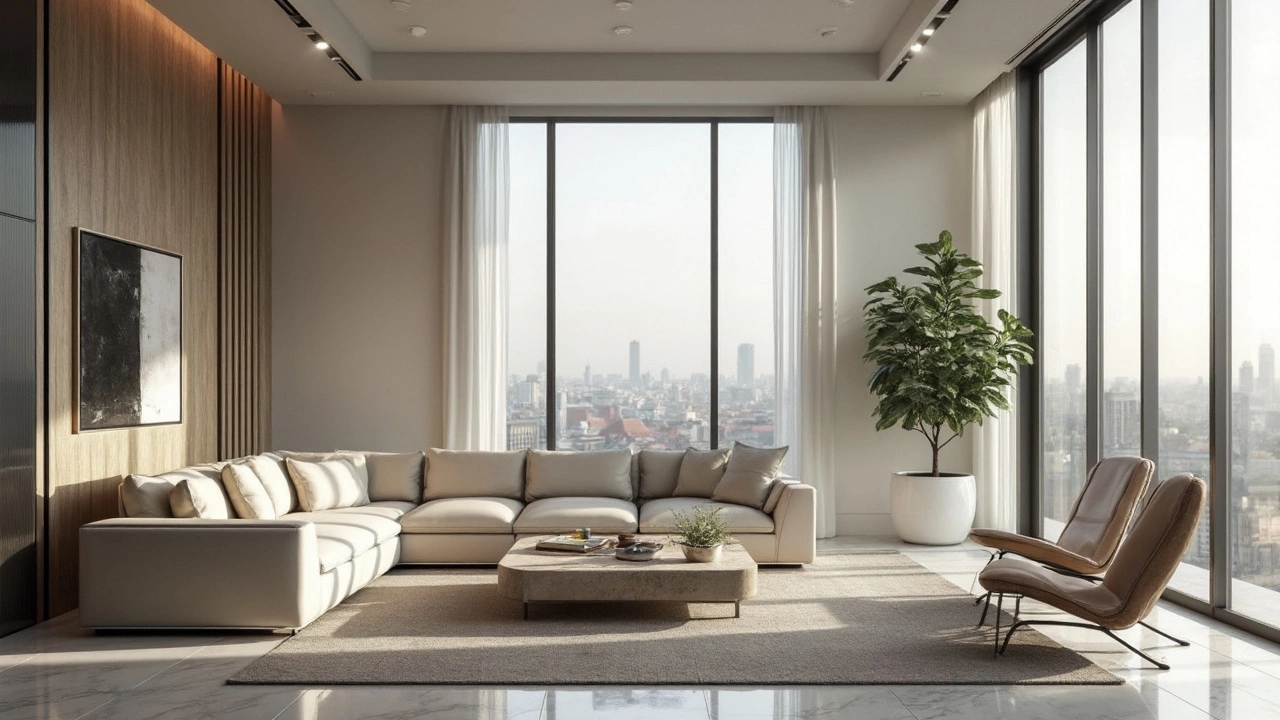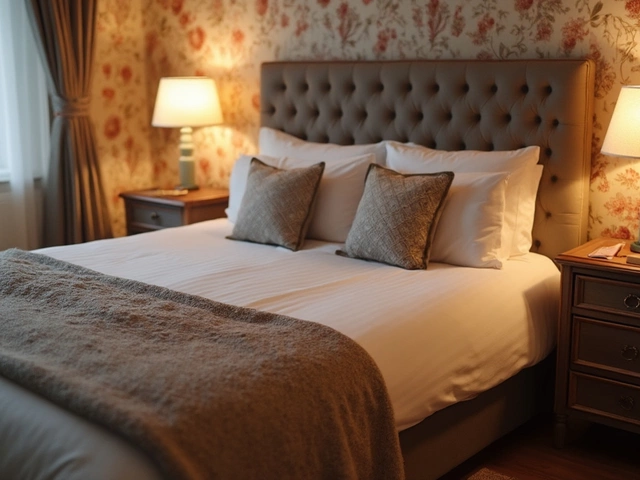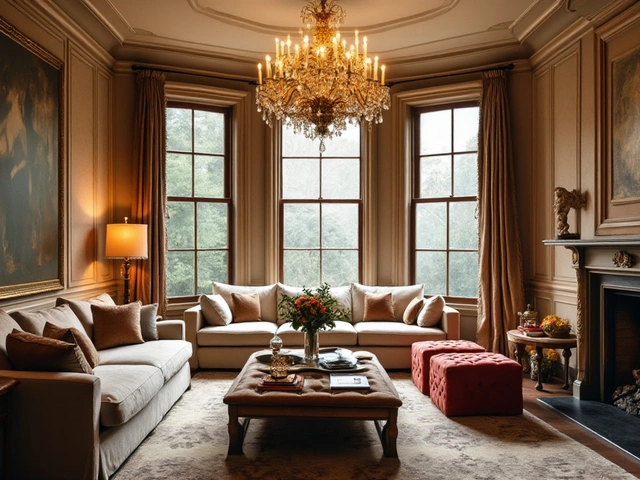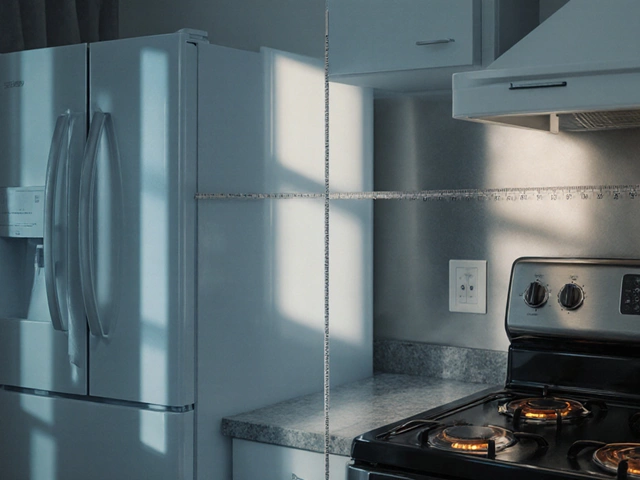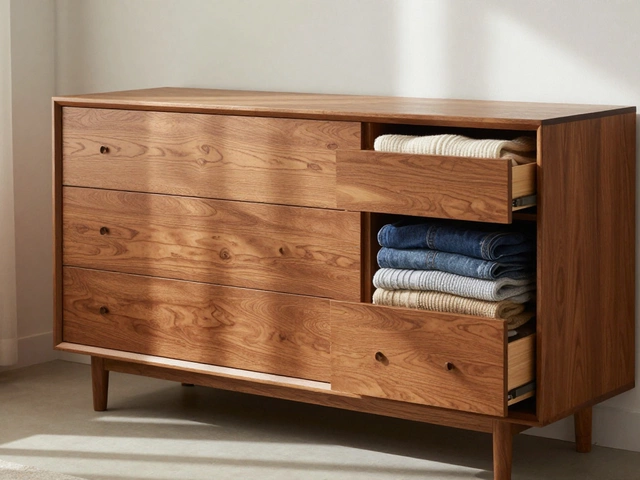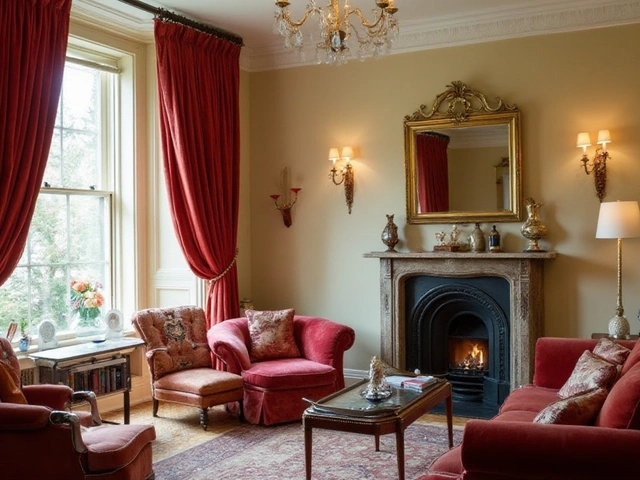Interior Designers: What They Do and How to Choose the Right One
If you’ve ever stared at a blank wall and wondered how it could look better, you’ve already thought like an interior designer. These pros turn a room’s potential into reality – from picking paint shades to arranging furniture for flow. The biggest win? You get a space that feels personal, functional, and stylish without spending months Googling trends.
What an Interior Designer Actually Does
First off, an interior designer isn’t just a decorator. They start with a plan. That means measuring rooms, noting windows, doors, and any architectural quirks. Then they match your lifestyle to the space. Do you need a kid‑proof living room? A home office with good lighting? They translate those needs into a layout that works.
Next comes the style hunt. Designers pull together color palettes, material samples, and furniture ideas that fit your budget. They have access to trade‑only fabrics, lighting fixtures, and custom pieces you probably can’t find in a regular store. This access can save you money in the long run because you avoid costly mistakes.
Finally, they manage the project. They coordinate with contractors, order deliveries, and keep the timeline on track. The result? A finished room that looks cohesive and feels lived‑in, without you having to juggle a hundred phone calls.
Tips for Hiring the Perfect Designer
1. Check credentials. Look for a designer who’s a member of a professional body (like the British Institute of Interior Design). Membership shows they follow industry standards.
2. Review their portfolio. A good portfolio tells you whether their style matches yours. Pay attention to before‑and‑after shots – they reveal problem‑solving skills.
3. Set a clear budget. Talk numbers early. Some designers charge a flat fee, others work on a percentage of the project cost. Knowing the method helps avoid surprise invoices.
4. Communicate expectations. Be honest about what you love and what you can’t live without. The best designers listen first, then suggest solutions that fit your taste.
5. Ask about the process. A transparent workflow – from concept sketches to final styling – keeps you in the loop and ensures you’re happy with each step.
6. Read reviews. Online testimonials and word‑of‑mouth recommendations give insight into reliability and how the designer handles challenges.
Once you’ve picked a designer, get everything in writing – scope, timeline, payment schedule, and any warranties on work. This contract protects both sides and makes the journey smoother.
Remember, a designer’s job is to make your life easier, not harder. If you feel rushed or unheard, speak up. Open dialogue leads to a space that truly reflects you.
In today’s market, many designers also specialize in sustainable design, using eco‑friendly materials and energy‑smart lighting. If green living matters to you, ask about those options. Small changes, like LED fixtures or reclaimed wood, can lower your utility bills and boost your home’s resale value.
Bottom line: hiring an interior designer is an investment in comfort, functionality, and long‑term style. By checking credentials, reviewing portfolios, setting budgets, and keeping communication clear, you’ll find a pro who turns your vision into a room you actually want to live in.

